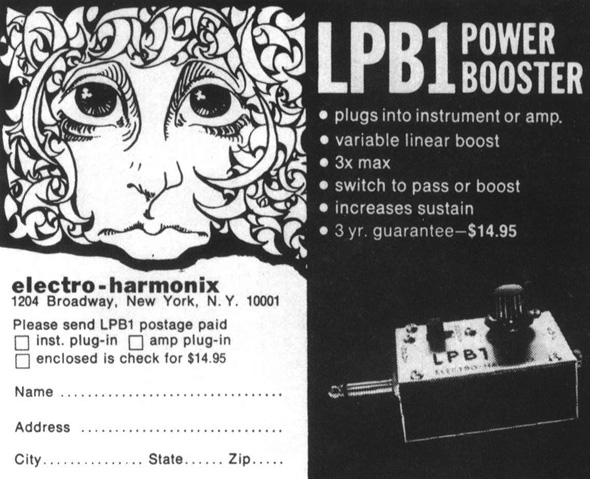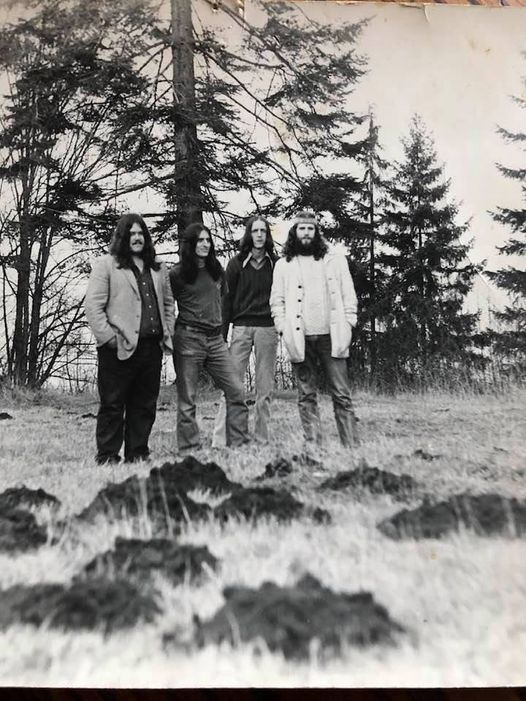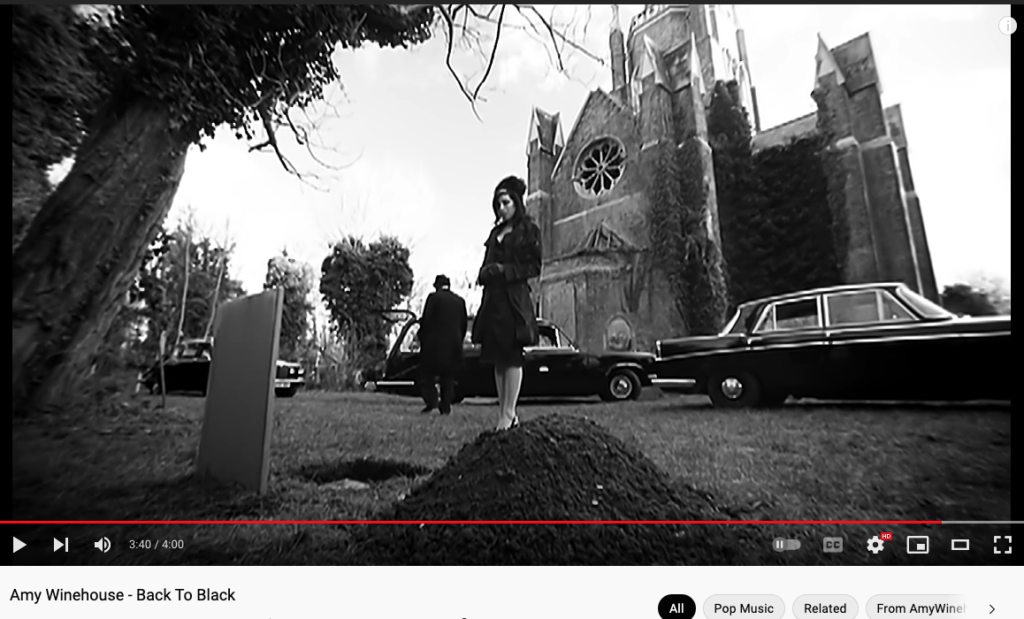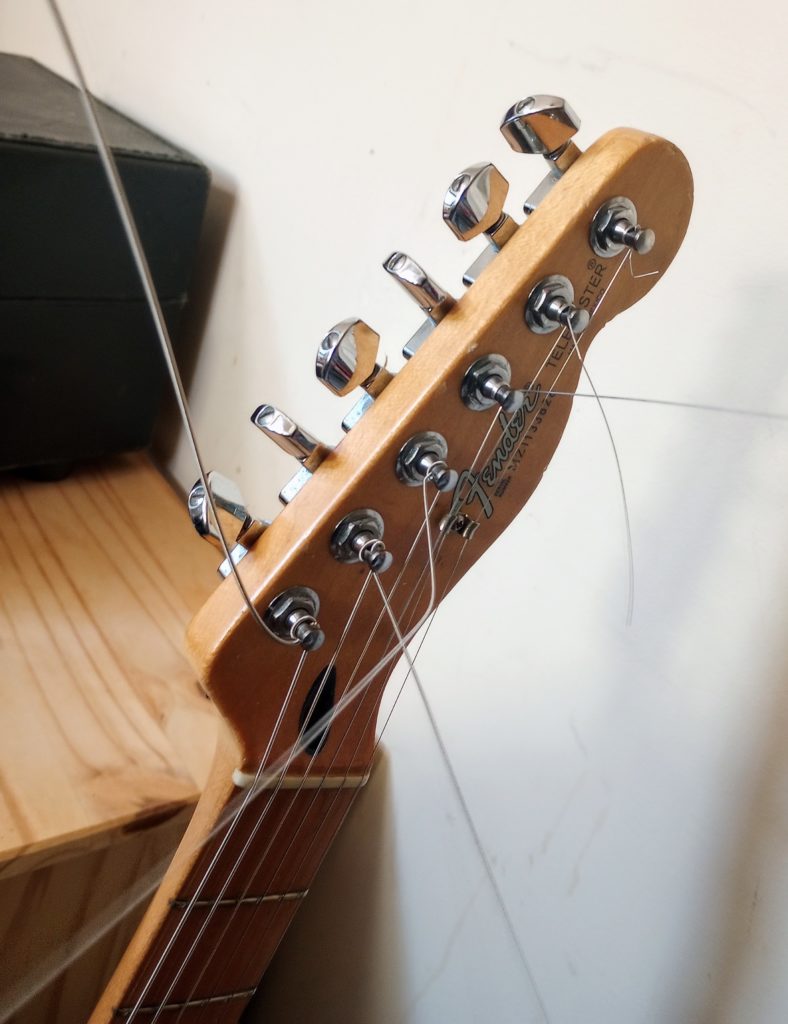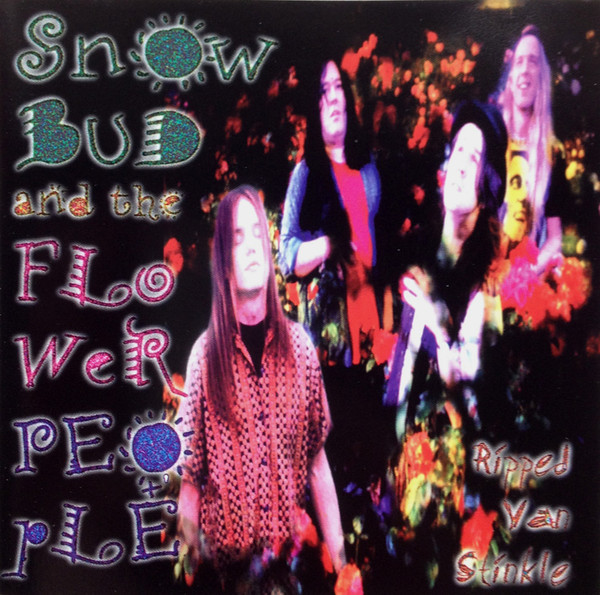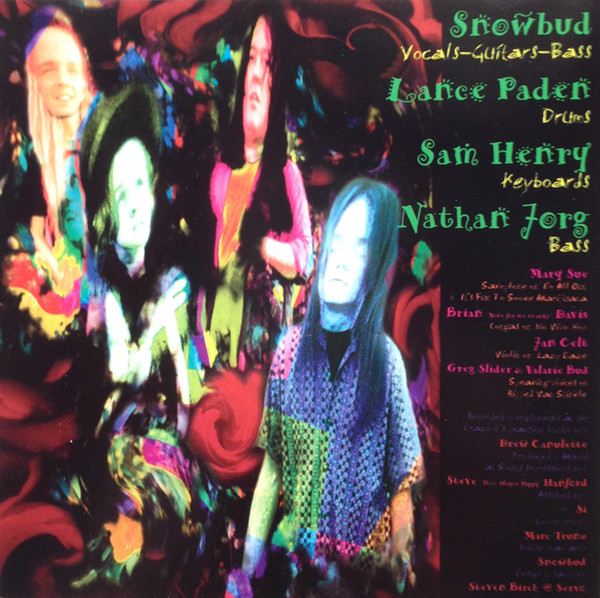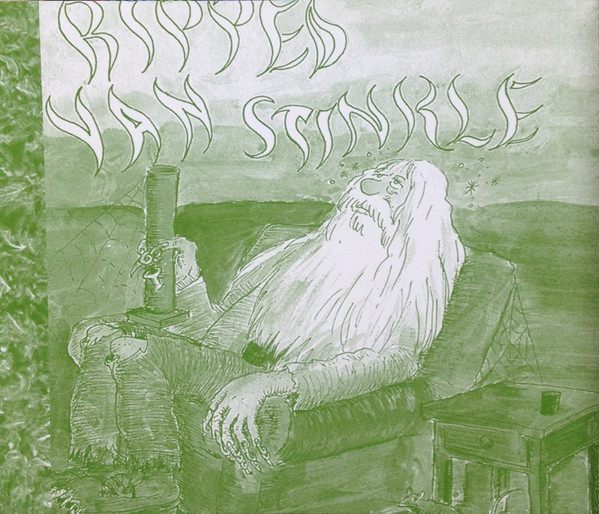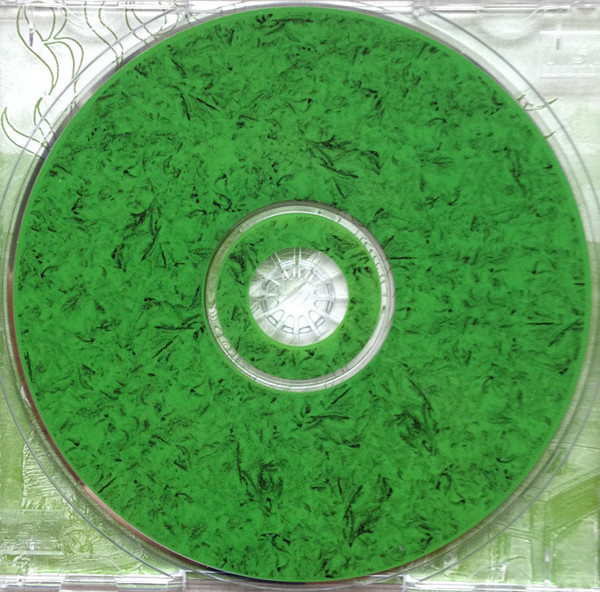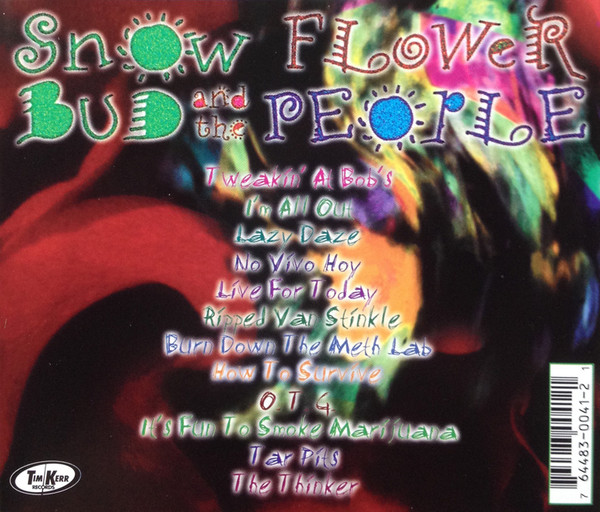What Did I Know And When Did I Know It – Part 2
To give an alternate timeline to what I knew and when I knew it — it was while I was writing the article on Napalm Beach that I knew something strange was going on with regards to Chris’ history and the development of Sub Pop as a label, in that it appeared that Sub Pop was essentially following in Chris’ footsteps in a number of ways. For example, Chris recorded Napalm Beach’s self-titled album (commonly known as Teen Dream) at Triangle Studios in 1985. In 1986 Triangle became Reciprocal Recording, and Sub Pop began to record all their records there. Similarly, Chris had played regularly at a Seattle club called the Wrex which then became the Vogue. Again, beginning around 1986, Sub Pop basically auditioned its potential signings at the Vogue. In 1989 I saw that as Chris was touring Europe with Napalm Beach, Nirvana and Tad were touring the same circuit, two weeks behind. At this point, Chris and Sam were seasoned musicians with a significant musical catalog while Nirvana were still quite green. This is the period of time when the Berlin Wall was coming down, an event witnessed by both Napalm Beach and Nirvana.
Two years later, in 1991, Napalm Beach toured two weeks behind Nirvana – while back in the states Nirvana’s breakout album, Nevermind, was rocketing to the top of the charts. I just knew there was something more than a coincidence at work, but I couldn’t figure out what. Mostly what was bothering me back in 2013, is the fact that when I sent inquiries to people at Sub Pop and K Records, including those who certainly knew who Chris was, had interacted with him, had played shows with him, had recently had pleasant personal and/or email exchanges with him – when I asked about certain aspects of this story – they all went silent.
Meanwhile, as I was composing the article “Introducing Napalm Beach,” originally on a WordPress-based platform run by music critic Everett True, it became clear that someone else was in my account. My edits were being sabotaged, reverted, etc. I’d been writing for this blog for about two years by that point and this was the first I’d noticed that type of thing going on. Another thing that was happening at that time is the screen of my iMac would suddenly go dark for a second or two, and then come back again. I thought at the time the system was glitching in some way, but it later became clear that was also a type of remote interference going on.
So that’s what I mean when I said I knew something was “fishy.”
As a background to this, at least since 1996 Napalm Beach was always being excluded from any kind of books or narratives about Pacific Northwest music, and even at times about Portland music. I always knew the exclusion was unjustified, and felt that it was odd – but after researching the story of Napalm Beach and their links to Wipers and Courtney Love among others, it seemed even more so. So I felt that publishing this story on a blog like Everett True’s would garner some kind of serious response and/or discussion. Yet it seemed to land with a yawn and a thud. And at that point I pushed a bit harder, asserting that the band had been deliberately buried by the industry, and the responses I got were along the lines of “no, they were just overlooked. It happens.” Sorry, but there was simply no way this was true. I knew it then, and it’s even clearer now.
